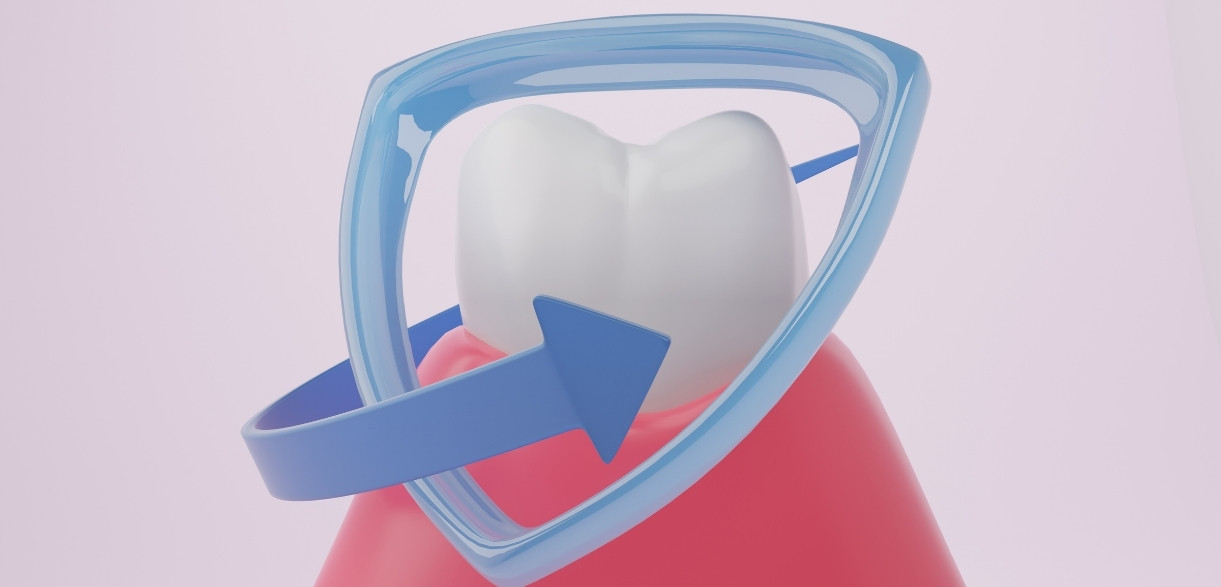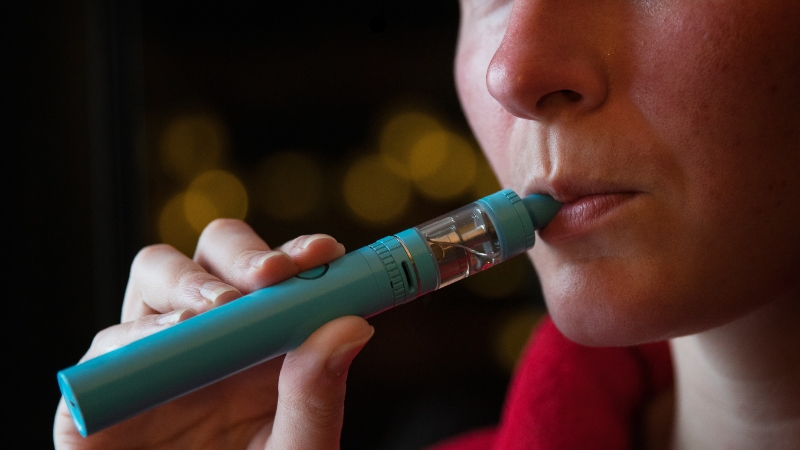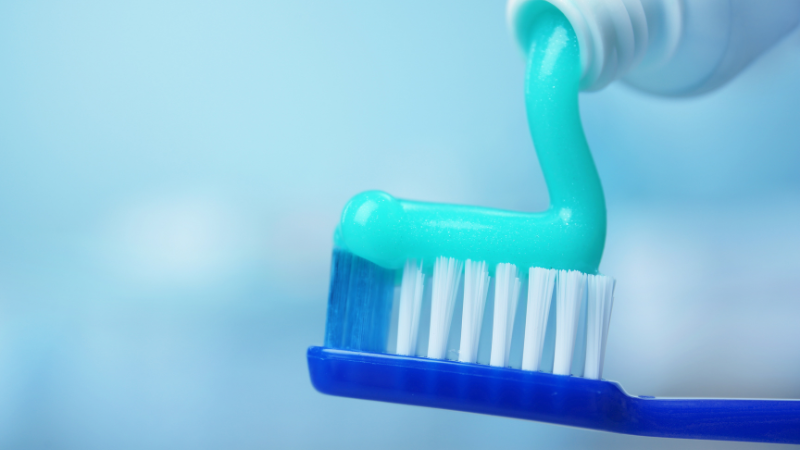Brentwood: (615) 235-1966

How to Brush Your Teeth: Techniques to Avoid Cavities
Brentwood, TN

Taking care of your teeth is more than just a daily routine; it’s a commitment to maintaining your overall health and well-being. Proper tooth brushing techniques are essential to prevent cavities, gum disease, and other dental problems. Despite being a common activity, many people still make mistakes that can lead to oral health issues. In this blog, we’ll explore the best methods to brush your teeth, choose the right tools, and maintain a comprehensive oral care routine. Whether you’re looking to improve your current habits or start fresh, read on to discover how you can achieve a healthier, brighter smile with simple yet effective techniques.
The Importance of Proper Tooth Brushing
Maintaining oral hygiene is crucial for overall health, and brushing your teeth correctly plays a significant role. Poor brushing techniques can lead to cavities, gum disease, and other dental problems. By understanding the best methods to clean your teeth, you can prevent these issues and keep your smile healthy and bright.
Choosing the Right Toothbrush
Selecting an appropriate toothbrush is the first step toward effective oral care. There are a variety of toothbrushes available, but finding one that suits your needs is essential.
Manual vs. Electric Toothbrushes

Manual toothbrushes are convenient and effective if used correctly. They come in various sizes and bristle types, allowing you to choose one that fits comfortably in your mouth. Soft-bristled brushes are usually recommended, as they are gentle on your gums and enamel.
Electric toothbrushes, on the other hand, can be more effective at removing plaque. They often come with timers and pressure sensors to ensure you brush for the right amount of time without applying too much force. Studies have shown that electric toothbrushes can reduce plaque and gingivitis more effectively than manual ones.
Bristle Types and Sizes
When choosing a toothbrush, consider the bristle type and size. Soft bristles are gentle and recommended for most people, while medium and hard bristles can cause damage to your gums and enamel. The size of the brush head should allow you to reach all areas of your mouth easily.
Effective Tooth Brushing Techniques
Once you have the right toothbrush, the technique you use is vital for maintaining oral health. Proper brushing can help remove plaque, prevent cavities, and keep your gums healthy.
The Correct Brushing Method
To brush your teeth effectively, follow these steps:
- Place the toothbrush at a 45-degree angle: Position the bristles at the gum line, aiming towards the area where your teeth and gums meet.
- Use gentle, circular motions: Gently move the brush in small circles to clean the front, back, and top surfaces of each tooth. Avoid harsh scrubbing, which can damage your gums and enamel.
- Brush for at least two minutes: Spend 30 seconds on each quadrant of your mouth, ensuring you cover all areas.
- Don’t forget your tongue: Bacteria can accumulate on your tongue, leading to bad breath. Gently brush your tongue from back to front to remove any buildup.
Common Brushing Mistakes to Avoid
Even with the best intentions, common mistakes can hinder your brushing efforts. Here are some pitfalls to avoid:
- Brushing too hard: Applying too much pressure can cause gum recession and enamel wear. Use a gentle touch to clean effectively without causing damage.
- Rushing through your brushing: Not spending enough time brushing can leave plaque behind. Make sure to brush for a full two minutes.
- Using an old toothbrush: Replace your toothbrush every three to four months, or sooner if the bristles are frayed. A worn toothbrush can’t clean your teeth effectively.
- Neglecting the gum line: Plaque can accumulate at the gum line, leading to gum disease. Ensure you angle the brush correctly to clean this area thoroughly.
The Role of Toothpaste
Toothpaste plays a critical role in maintaining oral health. It helps remove plaque, strengthens enamel, and freshens breath. Choosing the right toothpaste can enhance your brushing routine.
Fluoride Toothpaste
Fluoride is a key ingredient in most toothpastes, known for its cavity-fighting properties. It helps strengthen enamel, making your teeth more resistant to decay. Most dentists recommend using fluoride toothpaste to protect your teeth.
Whitening Toothpaste
Whitening toothpaste can help remove surface stains and brighten your smile. However, they often contain abrasive ingredients that can wear down enamel over time. Use them sparingly and consult your dentist if you have concerns about tooth sensitivity.
Toothpaste for Sensitive Teeth
If you experience tooth sensitivity, consider using toothpaste formulated for sensitive teeth. These products typically contain ingredients that help block the pathways that lead to sensitivity, providing relief from discomfort.
The Importance of Flossing

Brushing alone isn’t enough to maintain optimal oral health. Flossing plays a crucial role in removing plaque and food particles from areas your toothbrush can’t reach, such as between your teeth and under the gum line.
Proper Flossing Technique
To floss effectively, follow these steps:
- Use about 18 inches of floss: Wrap most of the floss around your middle fingers, leaving a couple of inches to work with.
- Hold the floss tightly between your thumbs and forefingers: Gently slide it between your teeth, using a back-and-forth motion.
- Curve the floss around each tooth: Form a C-shape with the floss and slide it up and down along the side of each tooth, going below the gum line.
- Use a clean section of floss for each tooth: Move to a new section of floss as you clean each tooth to avoid redistributing plaque and bacteria.
Alternatives to Traditional Floss
If traditional flossing is challenging, consider alternatives like floss picks, interdental brushes, or water flossers. These tools can make it easier to clean between your teeth and maintain healthy gums.
Additional Tips for Maintaining Oral Health
Beyond brushing and flossing, several other practices can help you keep your mouth healthy and prevent cavities.
Regular Dental Checkups
Routine dental visits are essential for preventing and detecting problems early. Schedule checkups and cleanings every six months to maintain your oral health. Your dentist can identify issues before they become serious and provide professional cleaning to remove plaque and tartar.
Healthy Diet Choices
Your diet plays a significant role in your oral health. Limit sugary and acidic foods and beverages, as they can contribute to tooth decay. Instead, focus on a balanced diet rich in fruits, vegetables, whole grains, and lean proteins. Drinking plenty of water also helps rinse away food particles and bacteria.
Using Mouthwash
Mouthwash can be a beneficial addition to your oral hygiene routine. It helps reduce plaque, fight bacteria, and freshen breath. Choose a mouthwash that suits your needs, whether it’s for cavity protection, gum health, or freshening breath.
Encouraging Children to Brush
Teaching children good oral hygiene habits early sets the foundation for a lifetime of healthy teeth and gums. Here are some tips to make brushing fun and effective for kids:
- Lead by example: Let your children see you brushing and flossing regularly.
- Make it fun: Use a timer, play their favorite song, or use a fun app to make brushing for two minutes enjoyable.
- Choose a child-friendly toothbrush: Pick a toothbrush with their favorite characters or in fun colors.
- Use a reward system: Offer small rewards for consistent brushing and flossing.
Addressing Common Dental Problems
Even with excellent oral hygiene, dental issues can arise. Understanding common problems and how to address them can help you maintain a healthy smile.
Tooth Sensitivity
Tooth sensitivity can result from enamel wear, gum recession, or cavities. If you experience sensitivity, use toothpaste designed for sensitive teeth and avoid very hot or cold foods and drinks. If the problem persists, consult your dentist to identify the underlying cause.
Gum Disease
Gum disease, or periodontal disease, is a common condition that can lead to tooth loss if not treated. It starts with gingivitis, characterized by red, swollen gums that bleed easily. To prevent gum disease, practice good oral hygiene and visit your dentist regularly for checkups and cleanings.
Bad Breath
Bad breath, or halitosis, can result from poor oral hygiene, certain foods, or underlying health conditions. Brushing your teeth, tongue, and flossing regularly can help prevent bad breath. If the problem persists, consult your dentist to identify any underlying issues.
Maintaining a healthy smile involves more than just brushing your teeth. By choosing the right tools, using proper techniques, and incorporating additional oral care practices, you can prevent cavities and other dental problems. Remember to visit your dentist regularly, eat a balanced diet, and use mouthwash to enhance your oral hygiene routine.
For comprehensive dental care, including tips on maintaining oral health, consider consulting a Brentwood Dental professional. They can provide personalized advice and treatments to help you achieve and maintain a healthy, beautiful smile.





